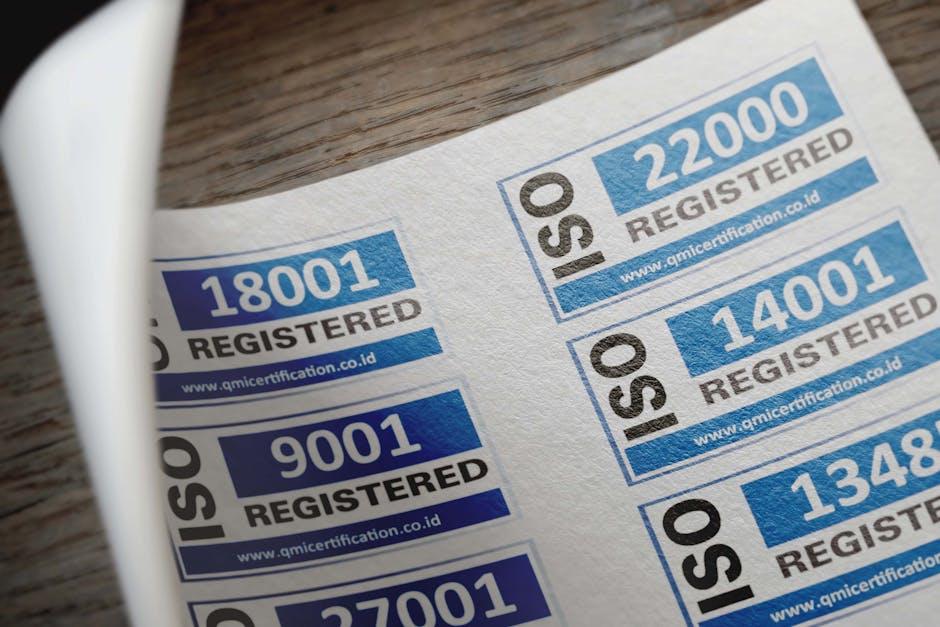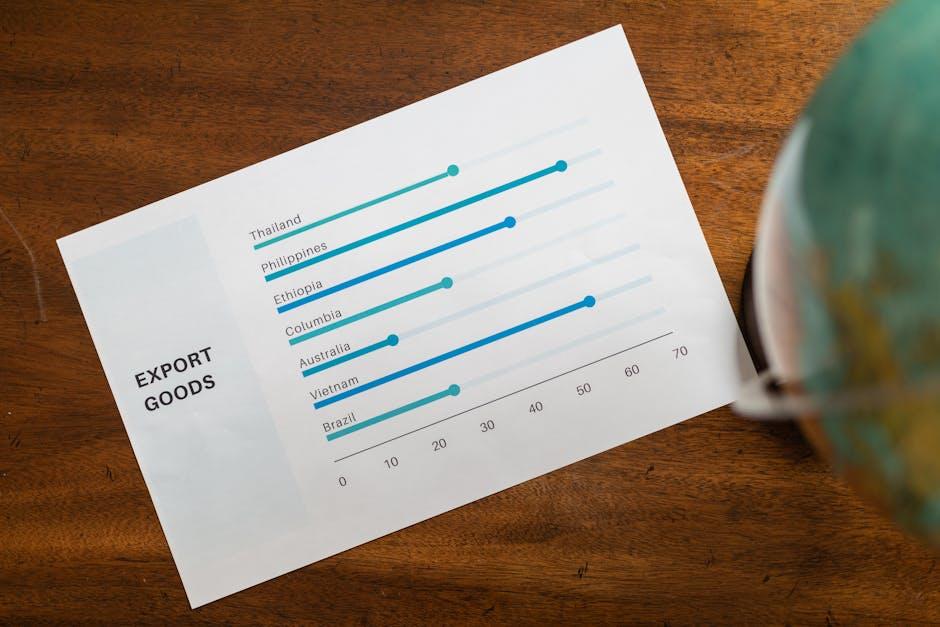In the intricate dance of modern commerce, where opportunities abound and risks lurk in the shadows, the cornerstone of a thriving enterprise is its ability to navigate the complex web of financial regulations. Welcome to the world of financial compliance—a realm where precision meets prudence, and where the robustness of your framework can spell the difference between prosperity and peril. In this article, we delve into the art and science of constructing a resilient financial compliance framework, guiding businesses through the labyrinth of legal mandates and ethical imperatives. With an authoritative lens, we explore how to fortify your organization against the storms of regulatory scrutiny, ensuring not only survival but success in the ever-evolving financial landscape. Whether you’re a burgeoning startup or a seasoned conglomerate, mastering this discipline is paramount to safeguarding your assets, reputation, and future. Join us as we unravel the essential components of a robust financial compliance framework, empowering you to lead with confidence and integrity in the world of business.
Crafting the Foundation: Essential Elements of a Strong Financial Compliance Framework
Establishing a resilient financial compliance framework requires a strategic blend of key components that serve as the backbone for safeguarding business integrity. At the heart of this framework lies a comprehensive risk assessment process, meticulously identifying potential vulnerabilities and aligning them with regulatory demands. This proactive approach ensures that businesses not only meet current compliance standards but are also prepared for future regulatory shifts.
Equally critical is the development of robust internal controls. These controls act as a vigilant watchdog, monitoring financial transactions and ensuring adherence to established policies. To complement these measures, fostering a culture of continuous education and training is imperative. By keeping staff informed and engaged with the latest compliance requirements, businesses can mitigate risks and enhance operational efficiency. Furthermore, integrating technology solutions such as automated compliance software can streamline processes, reduce human error, and provide real-time monitoring capabilities.
- Risk Assessment: Identify and evaluate potential compliance risks.
- Internal Controls: Implement mechanisms to ensure policy adherence.
- Education and Training: Regularly update staff on compliance standards.
- Technology Solutions: Utilize software for efficient compliance management.

Navigating Regulatory Waters: Strategies for Staying Ahead of Compliance Changes
In the ever-evolving landscape of financial regulations, businesses must adopt proactive strategies to ensure compliance and mitigate risks. A comprehensive approach begins with establishing a dynamic compliance team that is well-versed in current regulations and capable of anticipating future changes. This team should not only include legal experts but also representatives from various departments such as finance, operations, and IT to ensure a holistic understanding of the business’s regulatory environment.
- Continuous Training: Regular training sessions for employees at all levels to keep them informed about the latest compliance requirements and best practices.
- Technology Integration: Leverage advanced compliance management software to automate monitoring and reporting processes, ensuring real-time updates and reducing manual errors.
- Risk Assessment: Conduct periodic risk assessments to identify potential compliance gaps and develop strategies to address them promptly.
- Open Communication Channels: Establish clear communication pathways within the organization to facilitate the quick dissemination of regulatory updates and feedback.
By focusing on these strategies, businesses can build a robust compliance framework that not only meets current regulatory standards but also adapts to future changes, safeguarding the organization against potential penalties and reputational damage.
Empowering Your Team: Training and Development for Compliance Excellence
In the dynamic world of finance, ensuring that your team is equipped with the right tools and knowledge is paramount to achieving compliance excellence. A robust training and development program not only fortifies your compliance framework but also empowers your team to navigate complex regulatory landscapes with confidence. Here’s how you can cultivate a culture of compliance:
- Customized Training Programs: Tailor your training sessions to address specific compliance needs and industry regulations. This ensures that your team is not only compliant but also adept at identifying and mitigating potential risks.
- Continuous Learning: Foster an environment where learning is ongoing. Regular workshops, webinars, and e-learning modules can keep your team updated on the latest regulatory changes and best practices.
- Cross-Functional Collaboration: Encourage collaboration between departments to share insights and strategies. This holistic approach ensures that compliance is integrated into every aspect of your business operations.
By investing in comprehensive training and development, you are not just meeting compliance standards but setting a benchmark for excellence that can drive your business forward.
Harnessing Technology: Innovative Tools for Streamlined Compliance Management
In today’s rapidly evolving financial landscape, leveraging cutting-edge technology is not just an option but a necessity for businesses aiming to maintain a robust compliance framework. Innovative tools are reshaping how organizations manage compliance, offering a more streamlined and efficient approach. These tools provide real-time monitoring, automated reporting, and predictive analytics, which are essential for staying ahead of regulatory changes. Businesses can now harness the power of artificial intelligence and machine learning to analyze vast amounts of data, identify potential compliance risks, and ensure adherence to complex regulatory requirements with precision.
- Automated Reporting Systems: These systems reduce the manual workload and minimize errors by generating compliance reports automatically.
- Real-Time Monitoring Tools: Enable continuous oversight of financial transactions, ensuring any irregularities are flagged and addressed promptly.
- Predictive Analytics: Utilize historical data to forecast potential compliance issues, allowing proactive measures to be implemented.
- Blockchain Technology: Offers a secure and transparent way to record transactions, enhancing trust and accountability in compliance processes.
By integrating these innovative tools, businesses can not only ensure compliance but also drive operational efficiency and foster a culture of transparency and accountability. This technological synergy is the cornerstone of a resilient compliance strategy, equipping organizations to navigate the complexities of the financial world with confidence.





